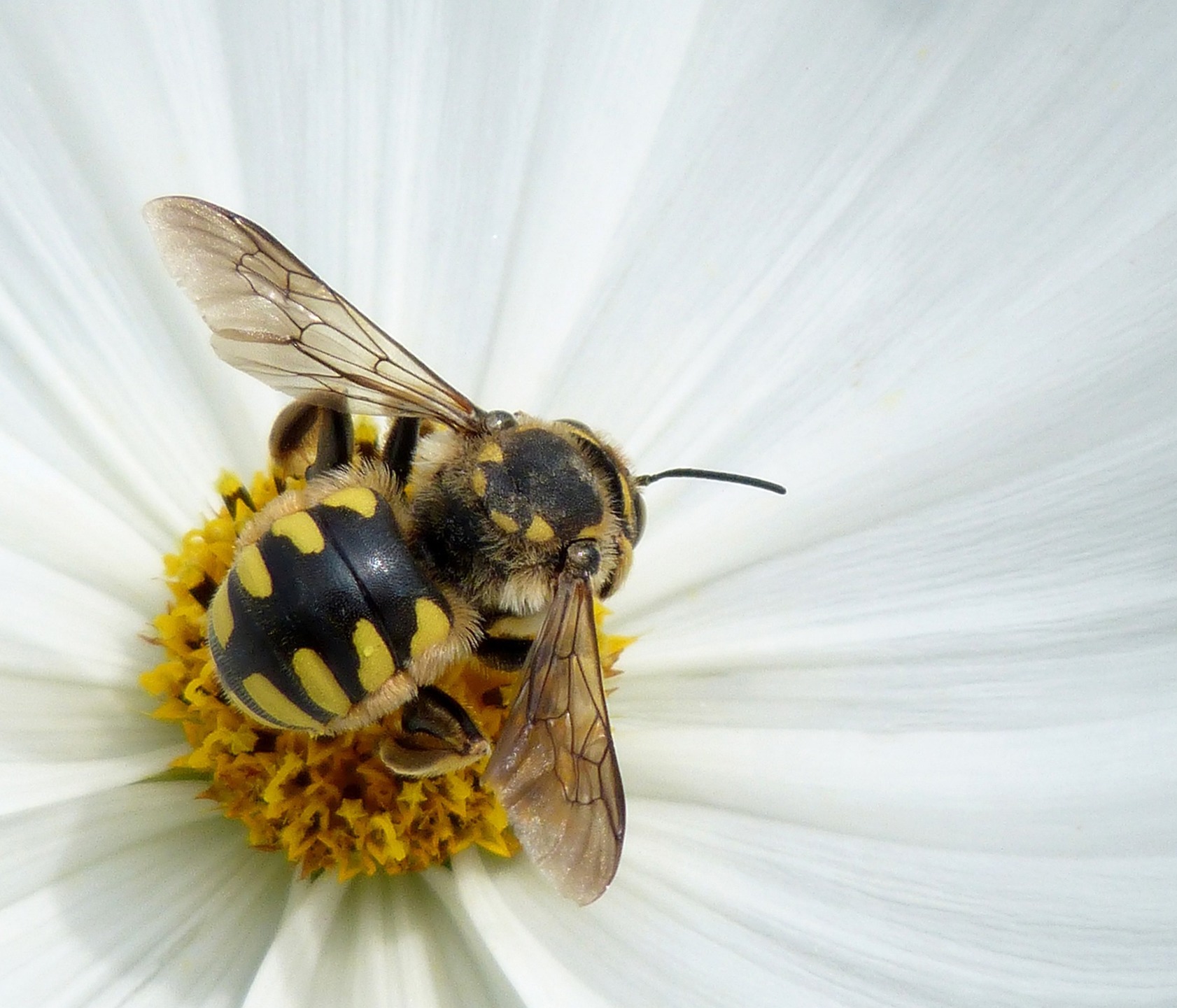Its spring and here come the wasps
Posted on 29th March 2023 at 08:28
Its spring and here come the wasps
As we get to the end of March, looking around you can see that spring has started with that promise of better, warmer weather; the hawthorn is in bloom, brilliant white spangles of flowers dot their branches, and many other trees are fringed with vivid green leaf buds.
You may have seen or heard the impossibly shaped bumblebees flying to and fro and its around now that some Queen wasps will emerge from hibernation.
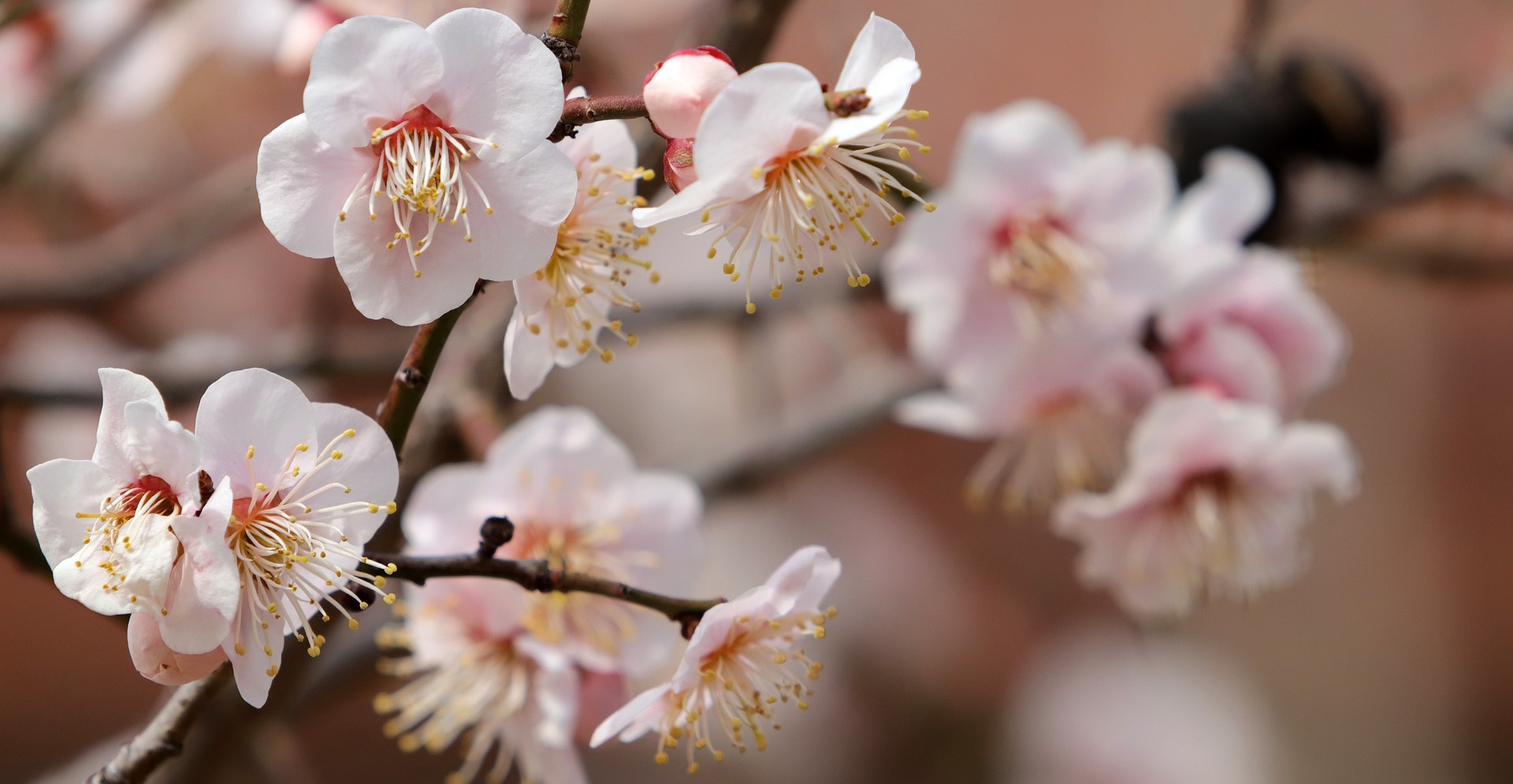
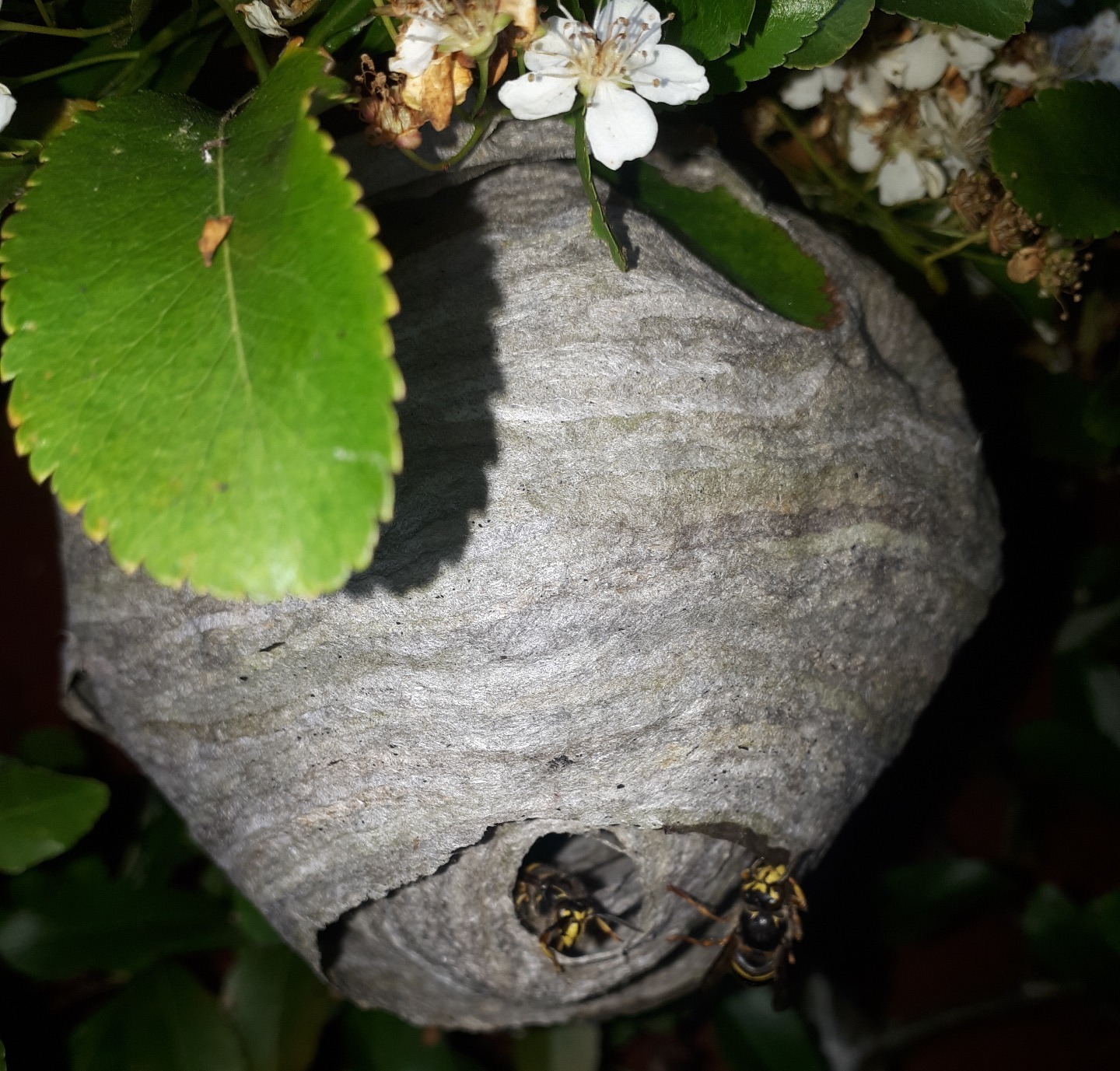
These Queens mated last summer, and her priority on waking is to start her colony, she begins this by scraping off wood from fences, rotten tree stumps and annoyingly, wooden garden furniture, this wood is chewed to a pulp which is a bit like paper mâché and this used to build the nest
This all starts with a thick cylindrical column which is called a petiole, in the beginning the entire nest will be suspended from this single strand.
The worker wasps that will start to be produced will take over construction and as the size of the colony expands, they will attach it to any surrounding structure.
In fact that’s often the problem with having wasps in your house as they will chew through plasterboard and any soft items in order to create space as they develop their nest.
In those early days the Queen is a very busy Monarch, she has to find food for her developing larvae, scrape off wood pulp to expand the nest and of course, keep it clean, many Queens will die off in the beginning which is why you’ll often see small, ping pong sized balls hanging in lofts and sheds – these were starter nests that failed.

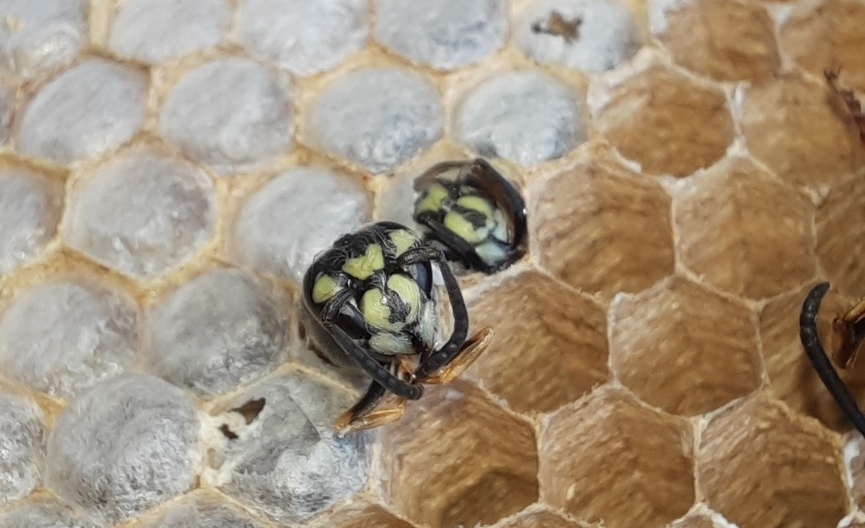
From April through to the end of May, wasp nests are fairly small things, from a ping pong ball size to a small melon is typical and the wasp population is quite small; you’d expect to see maybe a hundred or so by May.
What works in the wasps favour is that these workers are all related and so they act, to some degree, in harmony with the sole purpose of developing the colony from a hundred or so to many thousands in a short space of time.
As we treat these nests, we try to remove them when its safe to do so and you can open up the outer cover to see the brood cells inside, by studying the numbers of larvae and pupating cells I can get a picture of how things are going and so I’ll know what to expect in the coming weeks.
What you’ll often see is many closed off cells where behind each cover a new wasp is forming, this sudden growth in numbers means more food, more building work, and more wasps.
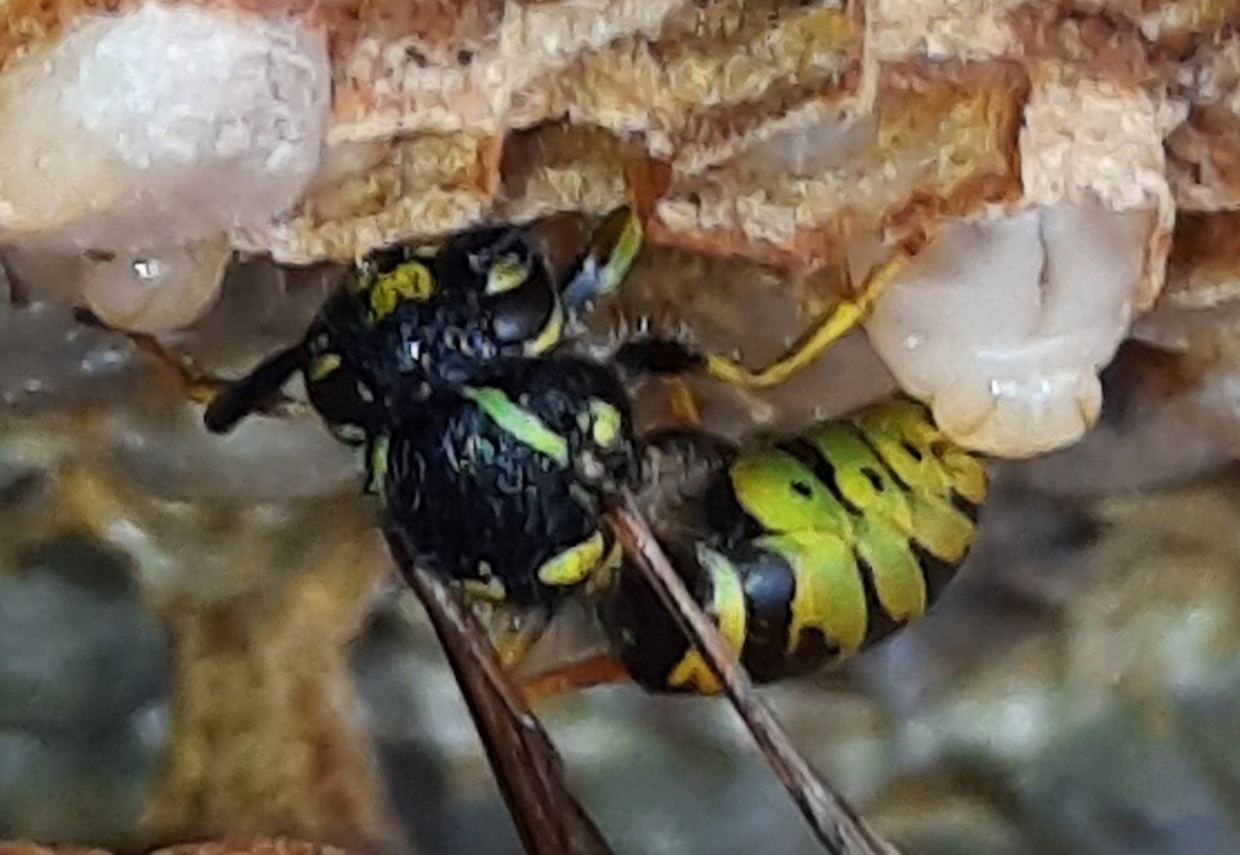
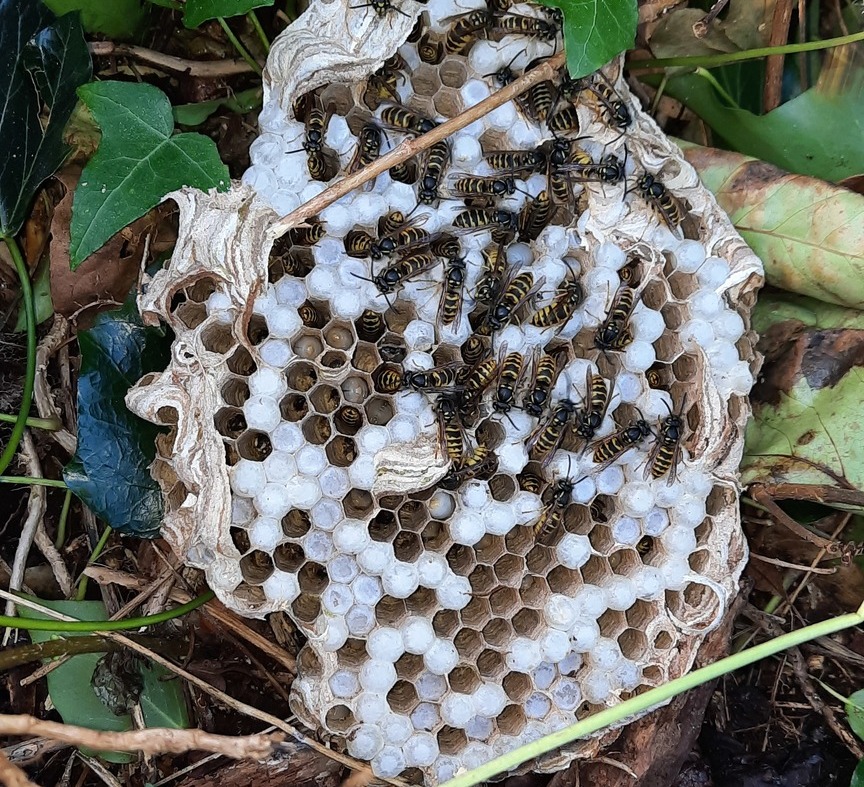
The ideal time to deal with wasps will be in May – cold weather snaps often account for many starter nests and we all know how our weather systems can be unpredictable.
This year we seem to be having a cooler wetter spring than the last couple of years which undoubtably will mean a natural reduction in wasps numbers in Reading.
Those colonies that make it through spring will continue to grow and as mentioned at the beginning of the blog, wasps will gnaw their way through plasterboard causing hundreds of pounds of damage in the process.
If you discover a wasp nest inside your house the best possible advice is to get it treated before it becomes a problem, that way you can be left to enjoy the summer and lets hope that after a cold spring we get a good one.
Tagged as: Bee's and wasps
Share this post:







